02nd Mar 2023
Back when Napa was just a one-horse town, and Yountville wished it had a horse, the son of Bordeaux’s legendary Jean-Pierre Moueix fell head over heels for an unassuming, historic piece of land in Yountville. This is Christian Moueix’s vineyard love story—about Dominus Vineyard, including reviews of wines from 1991 to the upcoming 2020 release. (Yes, they made a 2020!)
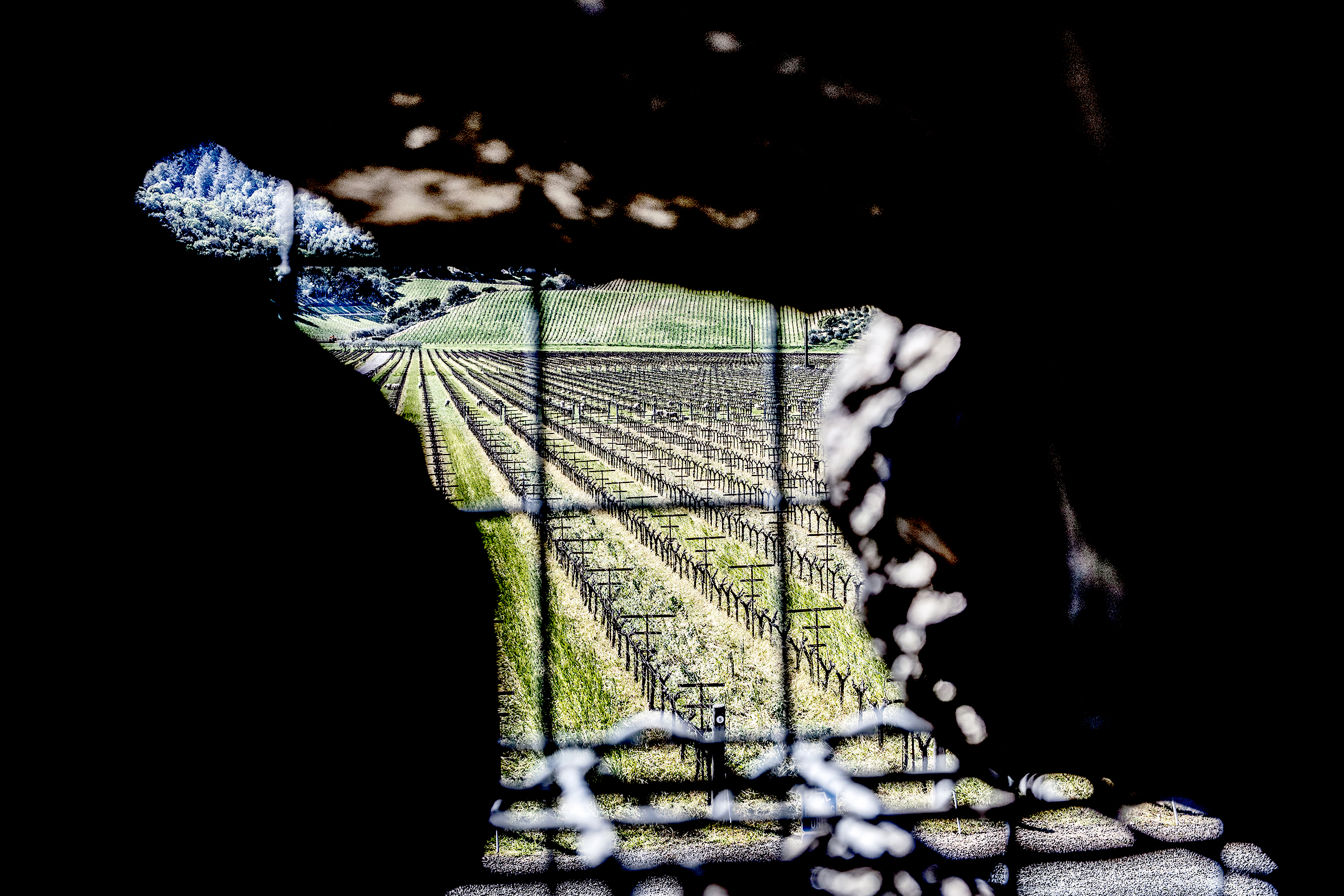
Love Story
My favorite vineyard love story is the one Christian Moueix told me. Maybe it was twenty years ago that he told me this. Maybe more. In his 20s, having recently graduated from UC Davis in the late 1960s/early 70s, the nearby region of Napa Valley caught his eye. This was when Napa was just a one-horse town, and Yountville wished it had a horse. The son of Bordeaux’s legendary Jean-Pierre Moueix and set to take over the family’s globally renowned merchant business as well as the management of a collection of iconic, family-owned vineyards, including Petrus (which wasn’t nearly as famous then as it is now, largely thanks to Christian), Christian’s passion for this “New World” frontier came weighted under watchful eyes. But then Christian fell head over heels for an unassuming, historic piece of land in Yountville.
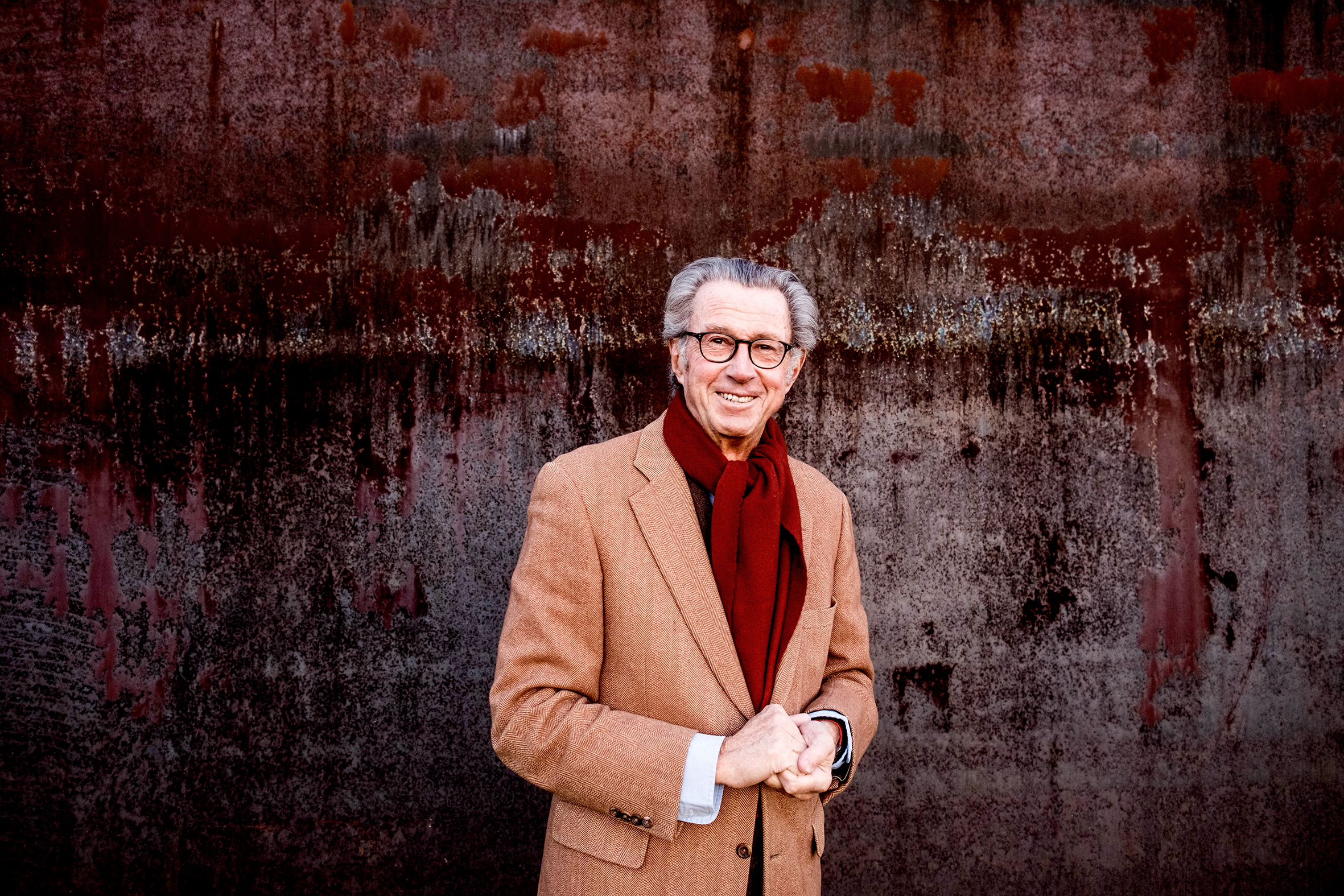
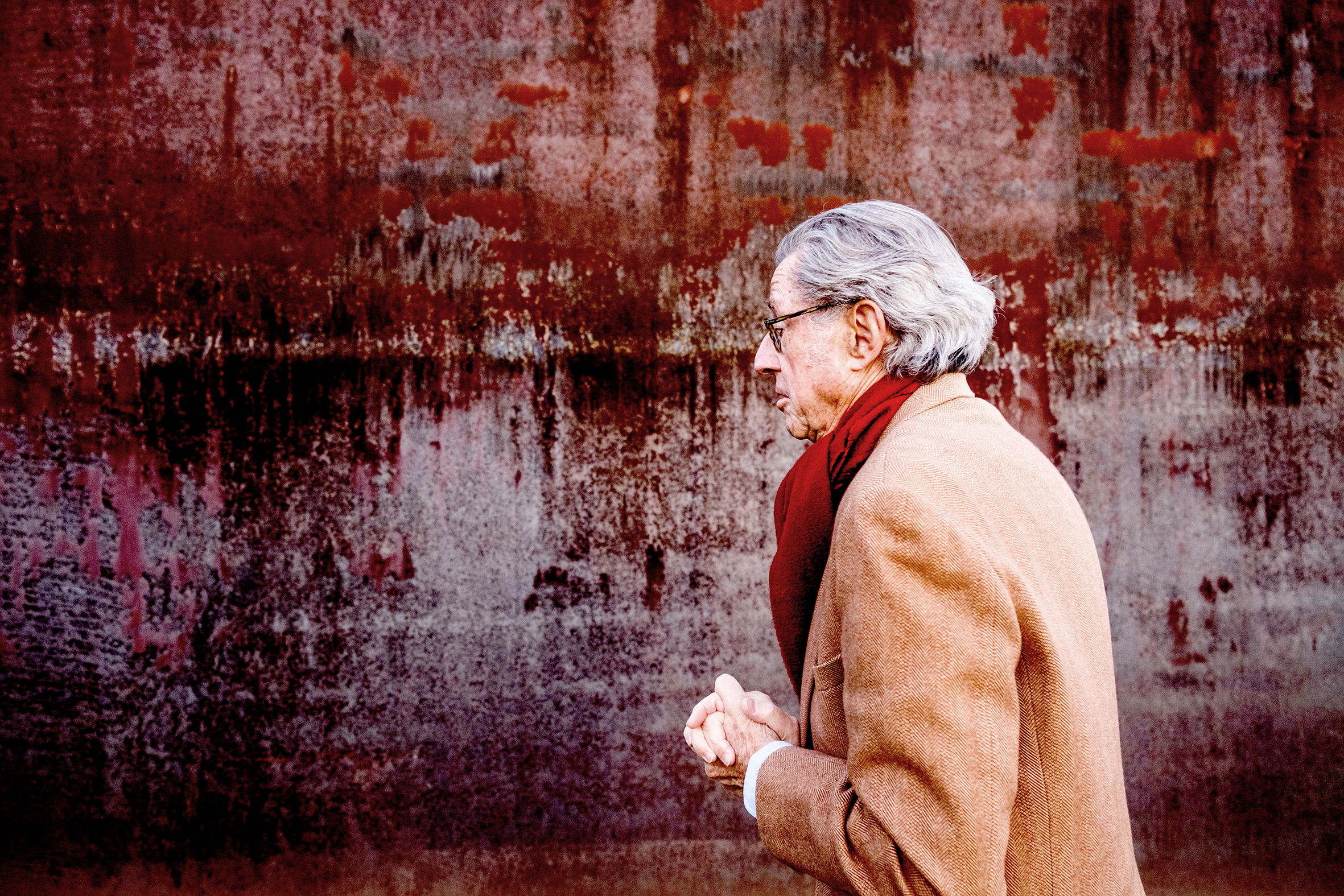
“Have I remembered this wrong?” I asked him at the end of a vertical tasting of Dominus with winemaker Tod Mostero in January this year. “Or did you really sleep in the Napanook Vineyard before you bought it?”
“It’s true,” he laughed. “It was a love story. I fell in love when I saw this vineyard for the first time. I had a feeling about its potential. I was so young. So, I took my sleeping bag and slept in the vineyard one night. Still, I was so nervous about buying Dominus. Should I buy? I had lunch with André Tchelistcheff. I asked André what I should do. I needed to know. You know what he did? He gave me a toy. It was a little pair of plastic boots on a rubber band that moved step by step. He told me, ‘If you go slowly, you will be successful.’”
As one of the world’s foremost experts in crafting great Merlot, it took some time for Christian to concede that Merlot just did not work at this site.
In 1982, Christian embarked on a partnership with the owners of the Napanook Vineyard: sisters Robin Lail and Marcia Smith. Robin and Marcia were the children of John Daniel, one of Napa’s legendary forefathers. Daniel’s Napanook Vineyard was one of the oldest in the valley. The new trio’s first vintage of Dominus was 1983, featuring a portrait of Christian on the label.
The early years of Dominus wines were different from what they were to become. As one of the world’s foremost experts in crafting great Merlot, it took some time for Christian to concede that Merlot just did not work at this site.
“There was some old Merlot here when I arrived,” Christian said. “But it was mainly Cabernet sauvignon planted here. After three to five years, we began to sell the Merlot. Our 1983 had 20% Merlot, 1984 had 25%. 2002 was the last year we used any Merlot. We pulled out the last of the Merlot after the 2010 vintage. It was not a good fit for this vineyard.”
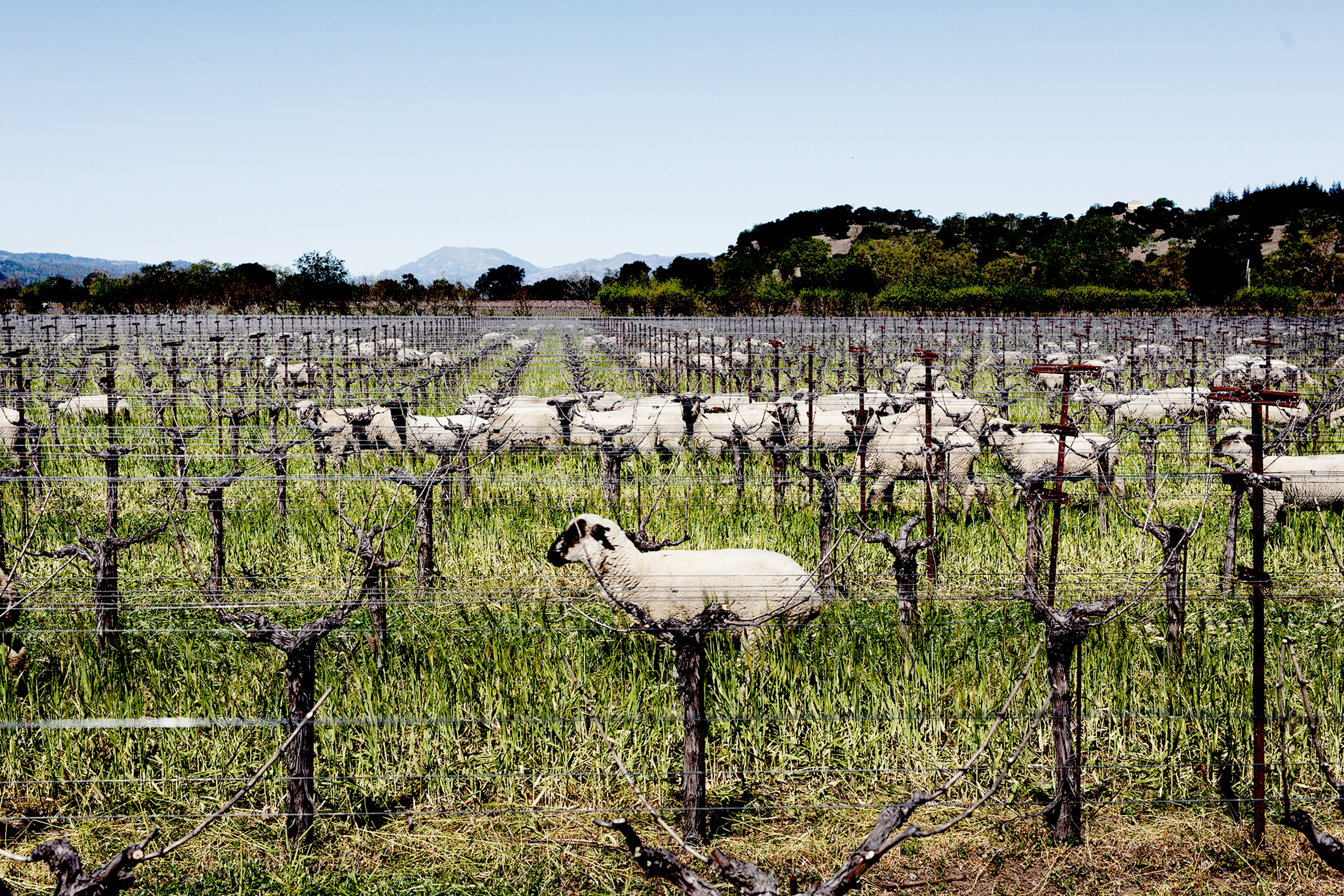
Our tasting started with the 1991.
“In 1991, I was still under the partnership. I bought the sisters out at the end of 1994. So, I was able to change the label for this vintage because we did not release the 1991 until 1995. I was so happy to be released from that portrait label and to go over to the more traditional Bordeaux-style label. This vintage is particular for the amount of Cabernet Franc in the blend—19%, which was unusually high. This variety did especially well this vintage. When Cabernet Franc is good, it’s so good, but if it is not perfectly ripe, it’s vegetal. In 1991, we had time to give the Cabernet Franc full maturity, harvesting it last.”
These early vintages of Dominus were made by Chris Phelps (who now has his own Ad Vivum label), advised by Jean-Claude Berrouet, then the winemaker at Petrus.
“No 1993 was released. I really didn’t like the wine. It was unbalanced and coarse. It was unripe. It was a very rainy year. But 1994 was a vintage that had huge success,” Christian said as we moved on to taste this wine. “It was the one that put us on the map. For me, it is a wine that is great with food.”
Given the astonishing quality, it’s incredible to think these first vintages were not made at the state-of-the-art Dominus winery that exists now.
“The first vintages were produced at Rombauer,” Christian said. “It was a wonderful facility, but even so, it was not ideal. There were never the right sized vats...it wasn’t made for our vineyard. It was a real adventure at the time! The last vintage made there was 1996. Then we were able to make the wine here in 1997. But the first vintage to have ‘Estate Bottled’ on the label was the 1998.”
David Ramey arrived as winemaker at Dominus in 1996. “Dominus took on another dimension then,” commented Christian. “We were building the winery. Chris Phelps had been a bit of a dreamer, in the best possible way. Dave was more practical, which is what we needed at the time. Then Dave left in 2000, I believe. We had a young trainee from France, Boris Champy, and he stayed a few years. Then Tod (Mostero) arrived in 2007 when Boris was ready to go back to France and joined Latour.”
“2001 was a very hot year,” Christian mentioned as were tasted this vintage. “It was potentially the best fruit we ever had, but the fermentation was very slow. We put 14.1% alcohol on the label for tax reasons. Above 14.1, you had to pay more tax, and you had 1% leeway. This was above 14.1.”
In 2007, Dominus shifted gears again when their current winemaker, Tod Mostero, came on board. Before working at Dominus, Tod had worked for Baron Philippe de Rothschild at Domaine de Lambert in the South of France (2000-2003) before heading to Chile to make wine at Almaviva from 2004-2007. He arrived at Dominus in time for the bottling of the 2006 in late August. My experience discussing the Dominus vineyard changes over the years with Tod recalls the toy symbol André Tchelistcheff gave to Christian. Small steps, yet always moving forward towards greater precision.
“In 2009, we changed from a vertical press to a horizontal press, which gave us more control,” said Tod. “2010 was the first vintage we had the optical sorting, which saved us. The vintage was cool and wet until the end of August when we had a heat spike, and the temperature went up to 106 F. The berries hadn’t developed their protective skins. So, we had some burnt berries with green aromas. We only used six blocks in this wine because they were the only ones without defects. Optical sorting removed 31% of the grapes. All the Cabernet Franc was burned.”
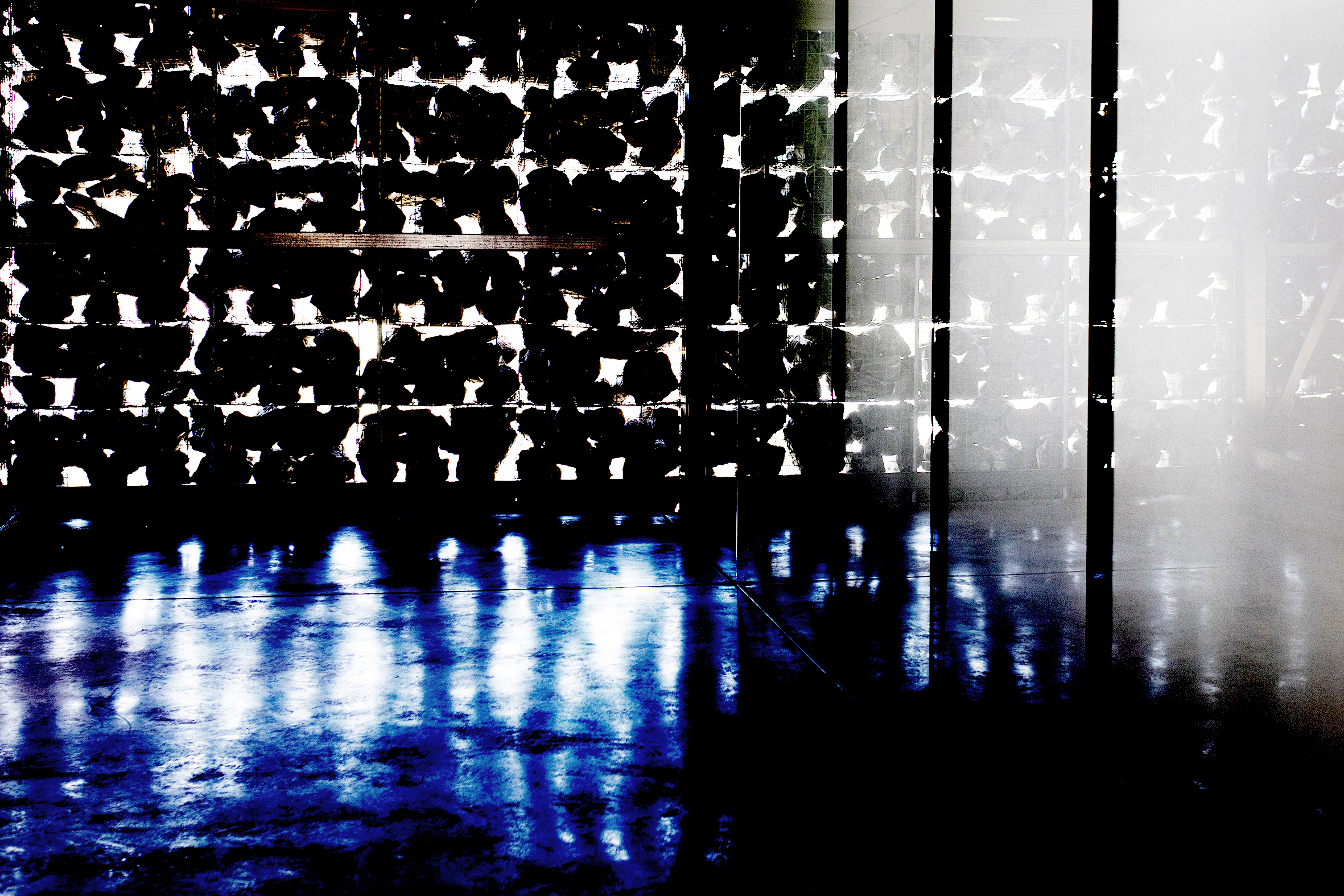
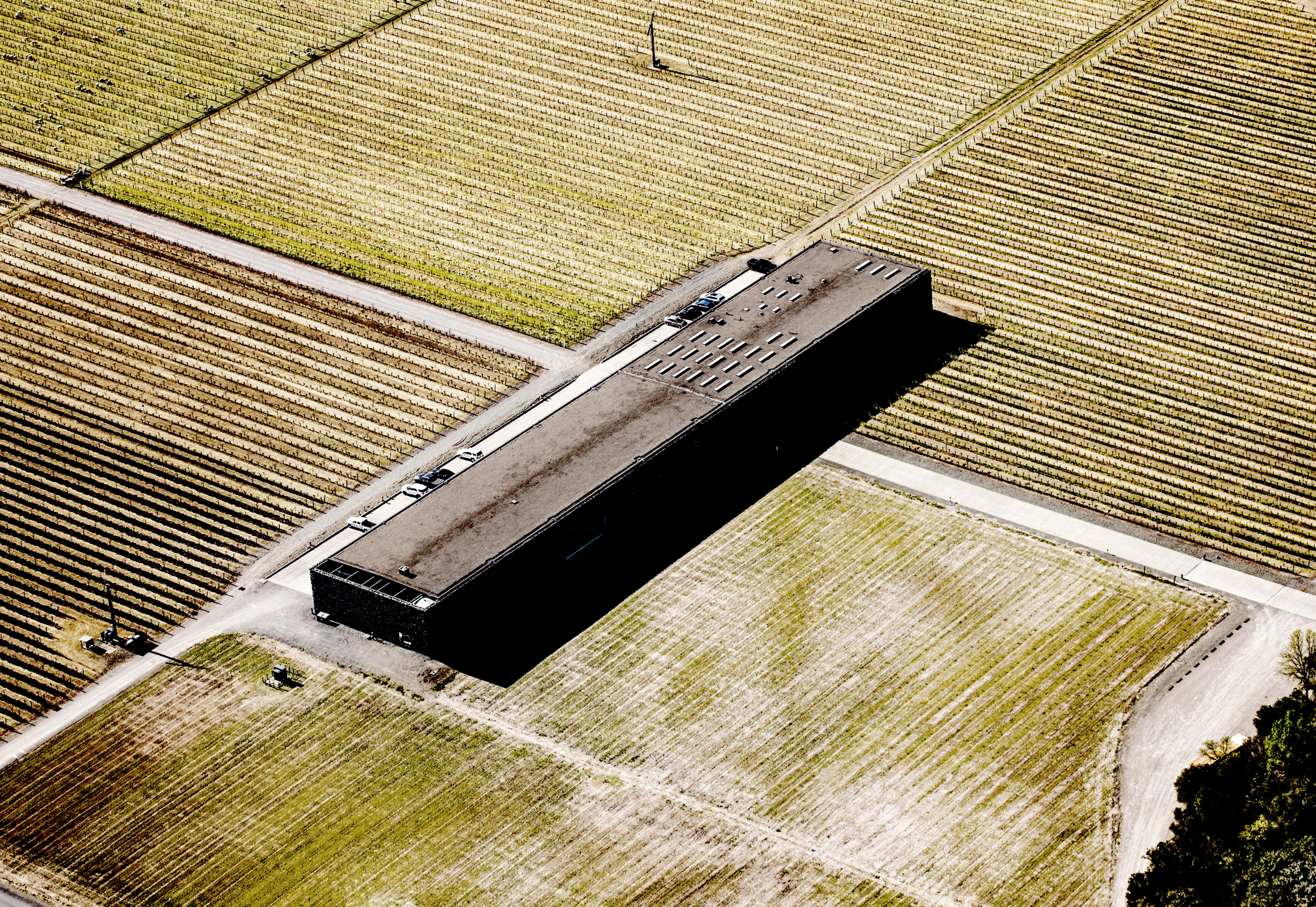
“The vineyard has also been divided into 25 blocks,” said Tod, “with subdivisions for North and South and, in some cases, different rootstocks, which all get harvested separately. A blend of Dominus is usually made from around 15 blocks.”
The last wine from this 21-wine vertical that we tasted was their latest, upcoming release: 2020. Yes, they made a 2020.
“We were limited with what we could use,” said Tod. “Very few lots made it into this wine. The fruit was harvested before the Glass Fire. Again, the optical sorter saved us. We had to drop a lot of fruit in the vineyard. The real work was in the vineyard - having people go out and drop all the dried fruit. This was our smallest vintage ever, but we’re happy with the result.”
A love story with a happy ending, what more could you want?
-
Article & Reviews by Lisa Perrotti-Brown MW
Photography by Svante Örnberg and Johan Berglund

PRODUCERS IN THIS ARTICLE
> Show all wines sorted by scoreMore articles

Cathiard Vineyard New Releases
02nd May 2024
3 tasting notes
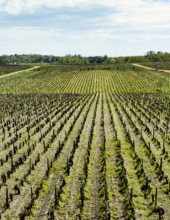
Bordeaux 2023 Preliminary Vintage Report and Reviews from Barrel
29th Apr 2024
56 tasting notes
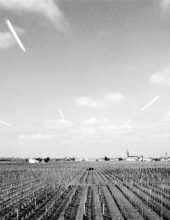
2021 Bordeaux in Bottle and A Modest Proposal
24th Apr 2024
599 tasting notes
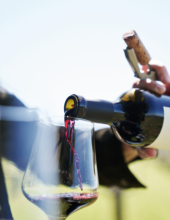
Pilcrow’s New Releases
18th Apr 2024
7 tasting notes
Show all articles